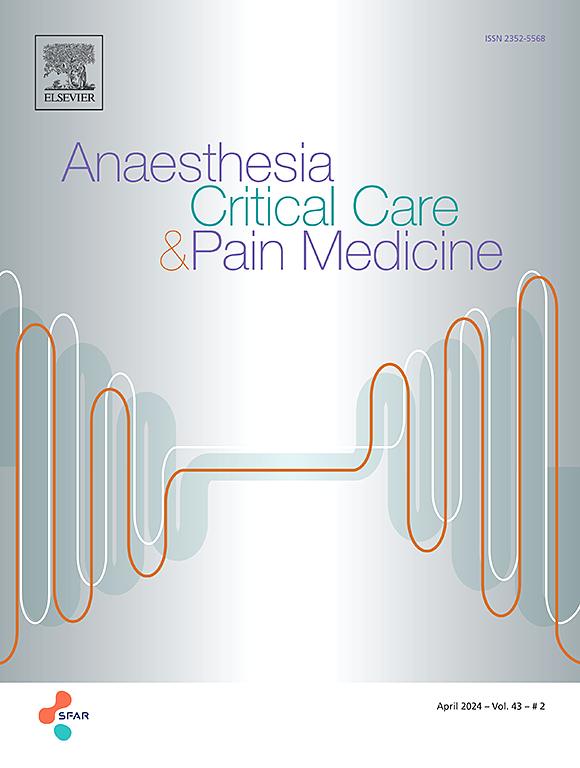经颅超声和计算机断层融合在重症监护病房床边评估和培训中的重要性。
IF 4.7
3区 医学
Q1 ANESTHESIOLOGY
引用次数: 0
摘要
经颅超声ct融合成像是床边神经学评估的一项有前途的进展。通过将超声的实时优势与CT的详细解剖信息相结合,它提供了一种非侵入性和精确的工具,但尚未在神经重症监护病房(NICU)中进行探索。在法国里昂临终关怀医院进行的一项观察性研究中,我们在7名新生儿重症监护病房患者中探索了这项技术。对超声- ct融合的两种配准方法进行了测试:使用解剖标志进行手动对准和使用ct兼容跟踪器进行自动配准。第一种方法提供了高度精确的对准,但需要经验丰富的操作人员,而第二种方法更快,更实用于床边使用,尽管在保持头台定位方面存在挑战。超声- ct融合可以实现颅内结构的实时三维可视化,包括非传统的成像平面,如冠状面。本研究表明,超声- ct融合在新生儿重症监护病房是一种可行且有价值的技术,具有提高诊断精度、床边监测和住院医师培训的潜力。本文章由计算机程序翻译,如有差异,请以英文原文为准。
Relevance of transcranial ultrasound and computed tomography fusion for bedside assessment and training in the intensive care unit
Transcranial ultrasound-CT fusion imaging is a promising advancement in bedside neurological assessment. By combining the real-time benefits of ultrasound with the detailed anatomical information of CT, it offers a non-invasive and precise tool but has not been explored in the neurological intensive care unit (NICU).
In an observational study conducted at the Hospices Civils de Lyon, France, we explored this technology in seven NICU patients. Two registration methods for ultrasound-CT fusion were tested: manual alignment using anatomical landmarks and automatic registration with the use of a CT-compatible tracker. The first method provided highly accurate alignment but required experienced operators, while the second method was faster and more practical for bedside use, despite challenges in maintaining head stage positioning. Ultrasound-CT fusion allowed real-time 3D visualization of intracranial structures, including non-conventional imaging planes such as coronal views. This study suggests that ultrasound-CT fusion is a feasible and valuable technique in the NICU, with the potential to improve diagnostic precision, bedside monitoring, and resident training.
求助全文
通过发布文献求助,成功后即可免费获取论文全文。
去求助
来源期刊

Anaesthesia Critical Care & Pain Medicine
ANESTHESIOLOGY-
CiteScore
6.70
自引率
5.50%
发文量
150
审稿时长
18 days
期刊介绍:
Anaesthesia, Critical Care & Pain Medicine (formerly Annales Françaises d''Anesthésie et de Réanimation) publishes in English the highest quality original material, both scientific and clinical, on all aspects of anaesthesia, critical care & pain medicine.
 求助内容:
求助内容: 应助结果提醒方式:
应助结果提醒方式:


